The Globe and Mail has a piece onLaurence Kolikoff’s assessment of the U.S. fiscal situation, and it’s not pretty. The official estimate is that government debt is about 60% of GDP ($13.5-trillion). Kotlikoff says “Let’s get real,” and puts the figure at more like $200 trillion.
For those of you that want to go straight to the source, Kotlikoff lays out his case in the IMF publication, Finance & Development.


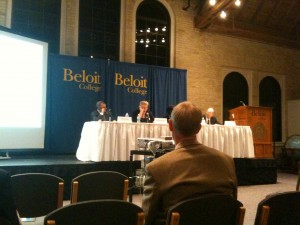


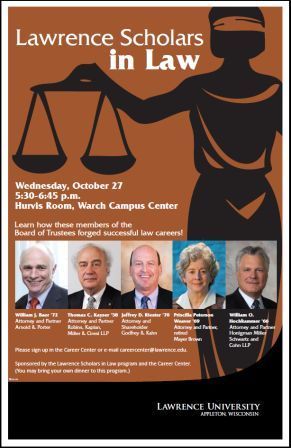
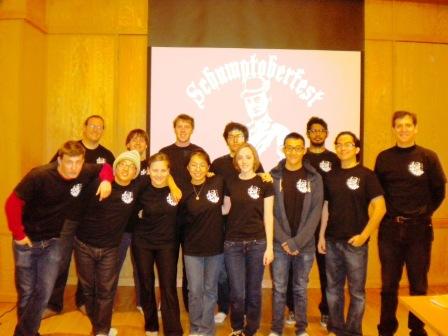


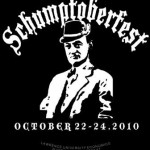
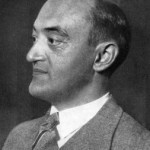
 n the second post here, I will simply concentrate on Chapter VII of Capitalism, Socialism, and Democracy, and try to tie together some themes for the weekend. For our purposes, I have numbered the paragraphs 1-13.
n the second post here, I will simply concentrate on Chapter VII of Capitalism, Socialism, and Democracy, and try to tie together some themes for the weekend. For our purposes, I have numbered the paragraphs 1-13.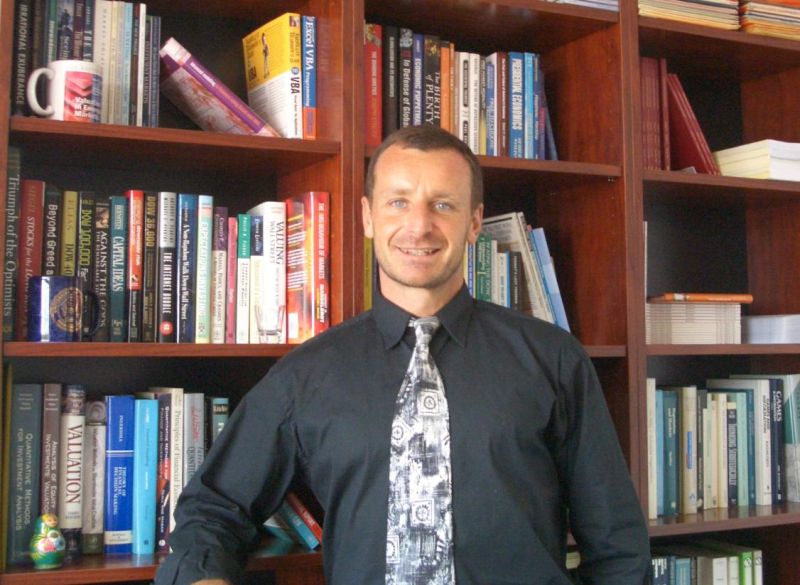
 This is a first in a series of short posts to guide the Schumptoberfest readings. I included these readings literally to give you an introduction to Schumpeter and the “Schumpeterian Hypotheses.”
This is a first in a series of short posts to guide the Schumptoberfest readings. I included these readings literally to give you an introduction to Schumpeter and the “Schumpeterian Hypotheses.”